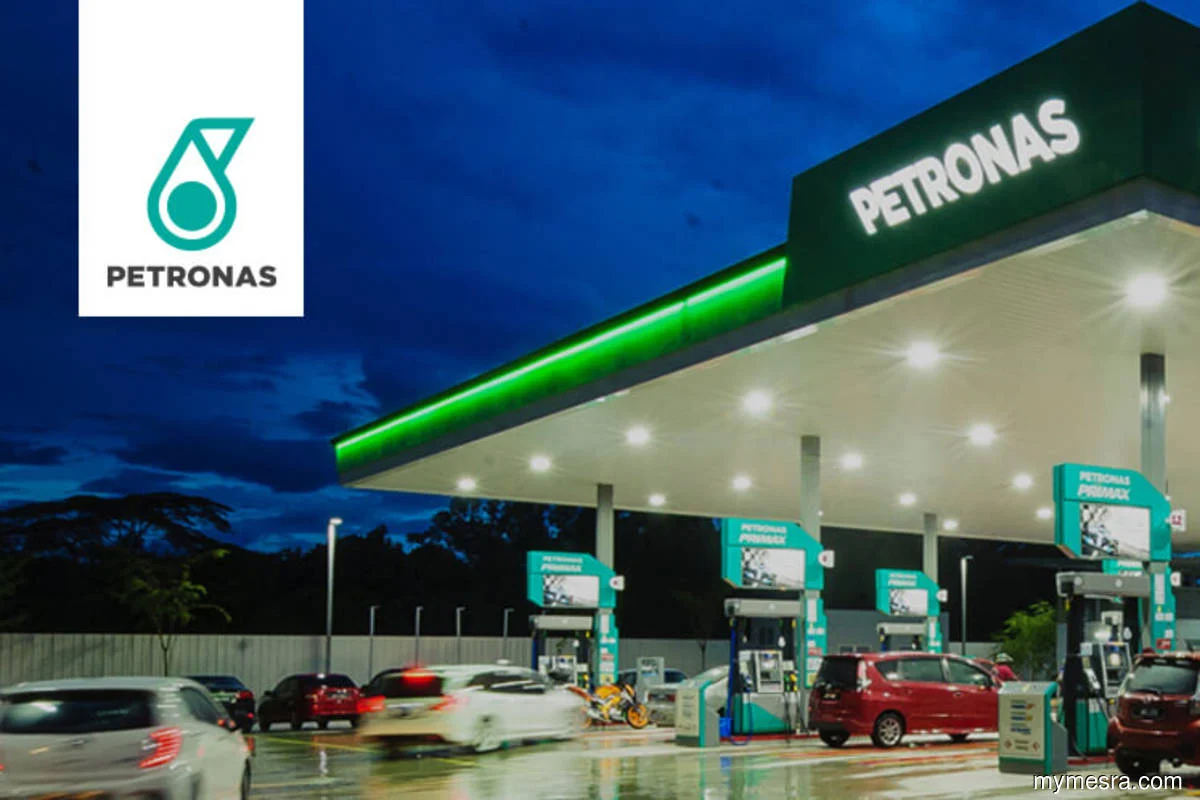
This article first appeared in The Edge Malaysia Weekly on May 16, 2022 - May 22, 2022
OVER the years, there has been much debate on whether low-carbon solutions such as carbon capture technology are relevant in the light of renewable energy adoption and the energy transition.
The recent energy crunch, which saw oil and gas prices skyrocket amid high demand, and pushed some countries to even revisit coal for power generation, has proved that fossil fuel use cannot be avoided in the near term.
This means it is even more pertinent to explore technologies that allow carbon reduction and offset during the energy transition, says Petroliam Nasional Bhd (Petronas) vice-president and chief sustainability officer Charlotte Wolff-Bye.
“In this current sort of crisis in the energy sector, I believe that the energy transition can’t be delivered without the oil and gas industry. We actually need to decarbonise existing energy systems and continue investments in these systems while we proactively develop renewables and low-carbon solutions,” she tells The Edge in a recent interview.
The current industry landscape bodes well for Petronas, which has had an early start in Southeast Asia when it comes to developing its carbon capture and storage (CCS) expertise to address its own emissions and potentially other high-emitting industries in the future.
Other countries in the region are beginning to explore CCS technologies. It is important for Malaysia to learn from those with more experience and to keep a competitive cost base, such as through economies of scale, says Wolff-Bye.
This will allow CCS to be an attractive proposition in removing emissions from the various industrial value chains and keeping Malaysia competitive relative to other countries in the region, she adds.
Petronas, for example, is partnering with oil majors ExxonMobil and Shell in the CCS segment. Its Kasawari CCS project in Sarawak is slated to be one of the largest in the world, with a targeted capture of 3.7 million tonnes of carbon dioxide annually.
“Internationally, the policy landscape is relatively clear. There is a lot of carbon pricing around the world and the business cases are much stronger than they might have been before,” says Wolff-Bye.
Carbon pricing, according to S&P Global, is an increasingly popular mechanism that harnesses market forces to address climate change by creating financial incentives for companies and countries to lower their emissions — either by switching to more efficient processes or cleaner fuels. It can take the form of a carbon tax or fee, or a cap-and-trade system that depends on government allotments or permits.
“We learnt from the UN Climate Change Conference (COP26) in Glasgow last year that there are trillions of dollars of investments globally looking into bankable, carbon-light energy projects,” she says.
Petronas is investing about one-fifth of its capital expenditure in new energy and low-carbon initiatives. Other ongoing efforts to reduce carbon emissions include reducing flaring at its upstream assets and incorporating solar power at its facilities for better energy efficiency, in addition to its solar energy ventures that are well established in parts of Asia.
As Petronas introduces low-carbon solutions and positions itself as a sustainability-conscious entity, it needs to win the trust of its stakeholders by impressing upon them that it has the expertise and track record to lead the way.
That has been a key role for Wolff-Bye since she joined the national oil company in June 2021. The group is now more aligned with multiple international sustainability standards to better report its progress towards its net zero carbon emissions target by 2050 (NZCE 2050).
Petronas publishes its own sustainability performance data, which includes emissions records, water usage, workforce statistics and safety benchmarks that are updated half-yearly to provide clarity to stakeholders.
“The NZCE 2050 currently covers Scope 1 reporting (direct emissions from owned or controlled sources) and Scope 2 (indirect emissions from the generation of purchased energy). The times have moved on as we have had a whole slate of new climate scientific literature being produced and published,” says Wolff-Bye.
She adds that Scope 3, which covers indirect emissions that occur in the value chain of the reporting company, will “definitely” underscore the need for further carbon offset.
Internally, Petronas has put in place the building blocks to embrace sustainability, including the proactive steps taken to reduce and offset emissions across its upstream and downstream operations. The group has committed to capping greenhouse gas emissions at 49.5 million tonnes of carbon dioxide equivalent (tCOe) by 2024. Its average emissions in 2016 to 2020 amounted to 50.32 million tCOe, with the 2020 figure at 46.2 million tCOe, although it is likely because of lower production during the pandemic.
On the Malaysian renewable energy front, Petronas tripled its generation capacity year on year to 1.79gwh in 2020, which resulted in a similar increase in greenhouse emissions reduction. This year, the group is setting up a carbon management unit to accelerate its decarbonising efforts across the value chain.
“Hydrocarbons are not the problem, it is the emissions around hydrocarbons that are the problem,” says Wolff-Bye. “I must emphasise that it is incredibly important that these investments need to also go through transitions, not just into renewables. The energy crunch is really teaching us that we must work on all fronts at the same time.”
Save by subscribing to us for your print and/or digital copy.
P/S: The Edge is also available on Apple's App Store and Android's Google Play.
